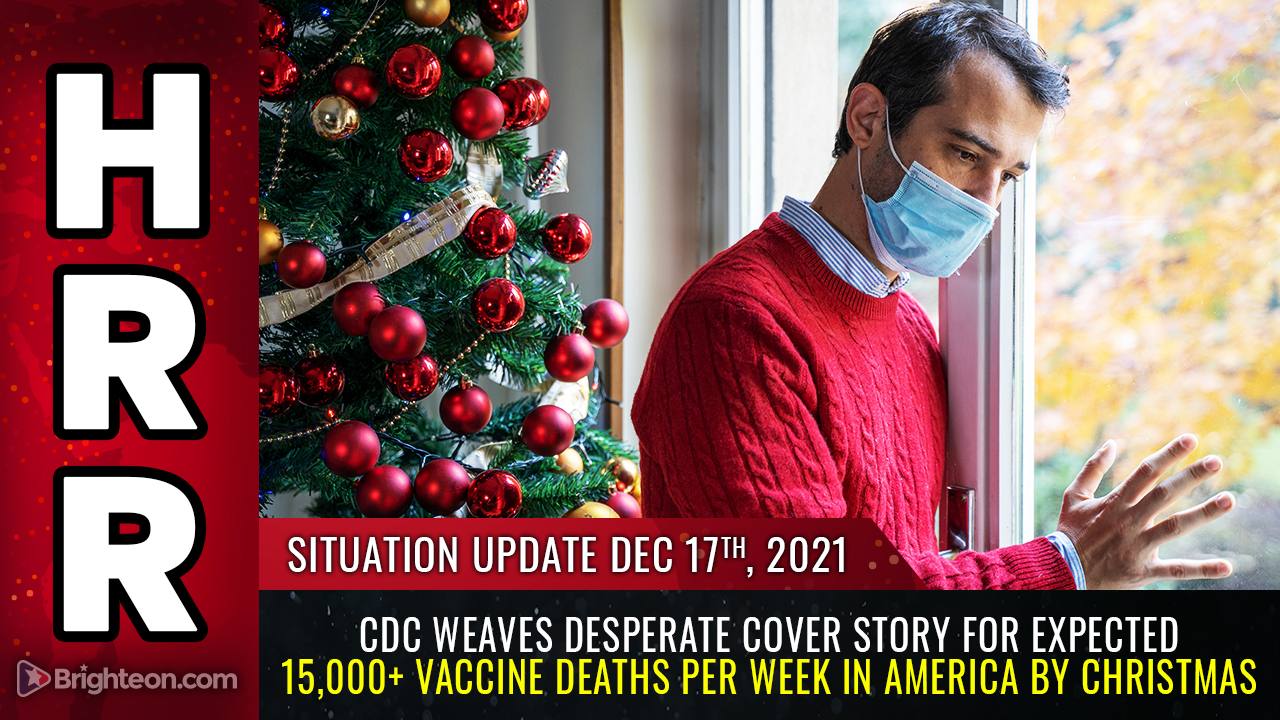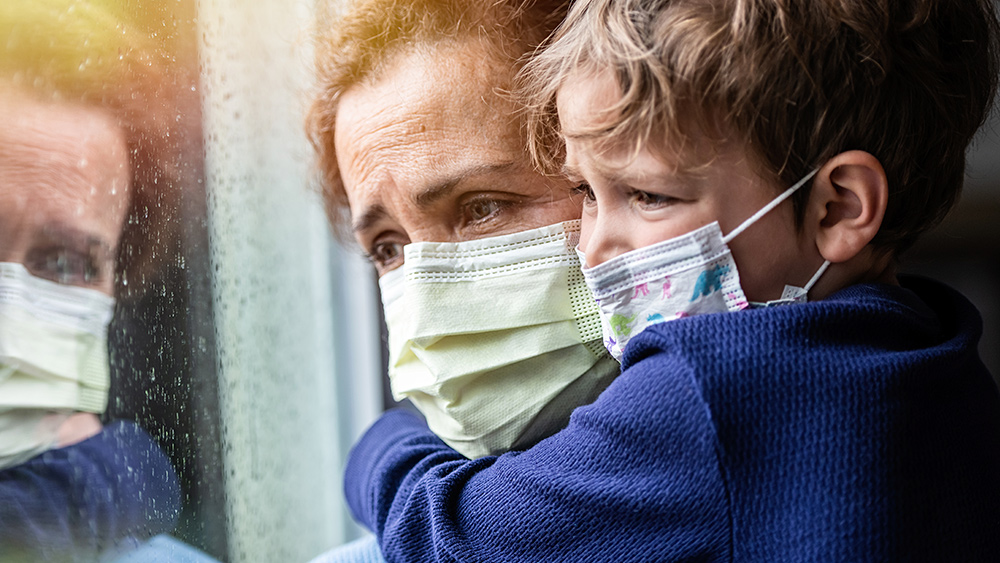New study claims that six-foot social distancing rule indoors is ineffective in preventing coronavirus transmission
05/18/2021 / By Ramon Tomey

Two researchers from the Massachusetts Institute of Technology (MIT) have argued that the “six-foot rule” of social distancing indoors is devoid of any scientific basis. Professors Martin Bazant and John Bush said that the risk of Wuhan coronavirus exposure indoors is the same regardless of distance – even if people wear masks. This is because respiratory droplets in the air tend to rise, travel and descend somewhere in an enclosed space.
For their study published April 27 in PNAS, Bazant and Bush developed a model to calculate indoor exposure risk. They included a number of factors such as duration of stay inside an enclosed space, use of masks, air filtration and circulation and respiratory activity. The two researchers explained that whether people situate themselves six feet or 60 feet apart, they still face the same risk of contracting the pathogen.
During an interview with CNBC, Bazant argued that “there really isn’t much of a benefit to the six-foot rule, especially when people are wearing masks.” He explained: “The air a person is breathing while wearing a mask tends to rise and [come] down elsewhere in the room. [You’re] more exposed to the average background than you are to a person at a distance.”
However, well-ventilated spaces significantly diminish this risk. The MIT researchers’ findings suggest that an enclosed space can “be safely operated even at full capacity” as long as it has proper ventilation. Bazant elaborated: “Oftentimes – the space is large enough, the ventilation is good enough, [and] the amount of time [people] spend together is such that those spaces can be safely operated even at full capacity.”

The MIT professor added that he and his colleague found that the duration people spend in an enclosed space – not social distancing – plays a key factor in people’s safety. The less time people stay in such a space, the lower their risk is of contracting the Wuhan coronavirus.
Bazant remarked that the scientific support for limiting the capacity of indoor spaces “is really not very good.” He continued: “What our analysis continues to show is that many spaces that have been shut down in fact don’t need to be. I think if you run the numbers, even right now for many types of spaces – you’d find that there is not a need for occupancy restrictions.”
Researchers argue that distance does not matter when it comes to droplet transmission indoors
According to guidance from the Centers for Disease Control and Prevention (CDC), people should maintain a minimum distance of six feet from each other. This is because the pathogen responsible for COVID-19 travels by respiratory droplets exhaled by an infected person. However, the MIT researchers argued that the so-called “six-foot rule” is ineffective in enclosed spaces.
Bazant and Bush noted in their study that human-to-human transmission of COVID-19 occurs via three routes – all involving aerosol droplets. Activities such as breathing, talking and coughing release these respiratory droplets, which are usually microscopic in size. These can rise and travel throughout an entire room as they are warm from a person’s body heat.
Contact transmission happens when a person touches infected droplets on a surface – with the hand or finger subsequently coming into contact with the eyes, nose or mouth. Large-drop transmission happens when large droplets from an infected person’s mouth enter the eyes or mouth of a non-infected person. Airborne transmission meanwhile happens when non-infected people inhale virus-laden small droplets expelled by an infected person or those lingering in the air.
Bazant and Bush remarked in their study that the six-foot rule can “substantially reduce the risk” of large-drop transmission. However, airborne droplets can travel distances beyond six feet. The researchers also noted that the difference between large-drop and airborne transmission is somewhat vague due to the varying sizes of expelled droplets.
The MIT researchers may have found a supporter in former Food and Drug Administration (FDA) Commissioner Scott Gottlieb. In March 2021, he dubbed the six-foot social distancing mandate as “the single costliest mitigation tactic” against COVID-19. The former FDA head also admitted that the rule “wasn’t based on clear science.”
Gottlieb remarked during an appearance in the CNBC program Closing Bell: “The six-foot distancing requirement has probably been the single costliest mitigation tactic we’ve employed in response to [COVID-19.] And it really wasn’t based on clear science.” He admitted that he and other health authorities “should have re-adjudicated [the issue] much earlier.”
According to the former FDA commissioner, health authorities initially assumed that the Wuhan coronavirus spread in the similar manner as influenza. “I think the fact that we’ve probably over-relied on a flu-based model caused us to under-appreciate the role of aerosol transmission. [It also] probably caused us to overestimate contaminated surfaces as a source of spread,” Gottlieb commented.
Visit Pandemic.news to read more articles about the six-foot rule and other measures to mitigate the spread of COVID-19.
Sources include:
Tagged Under: coronavirus transmission, covid-19 pandemic, enclosed spaces, indoor transmission, John Bush, Martin Bazant, Massachusetts Institute of Technology, respiratory droplets, six-foot rule, social distancing, Wuhan coronavirus




















